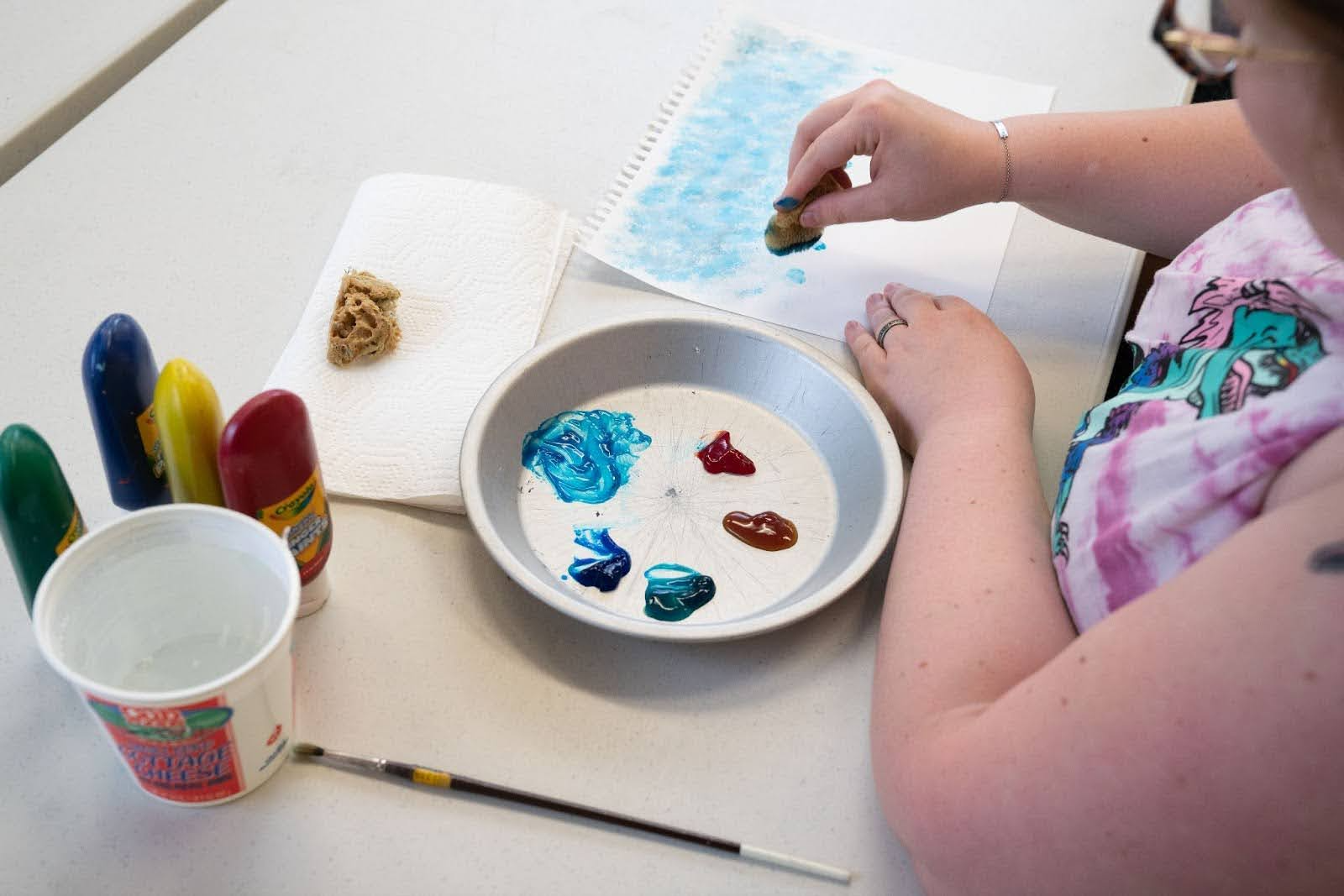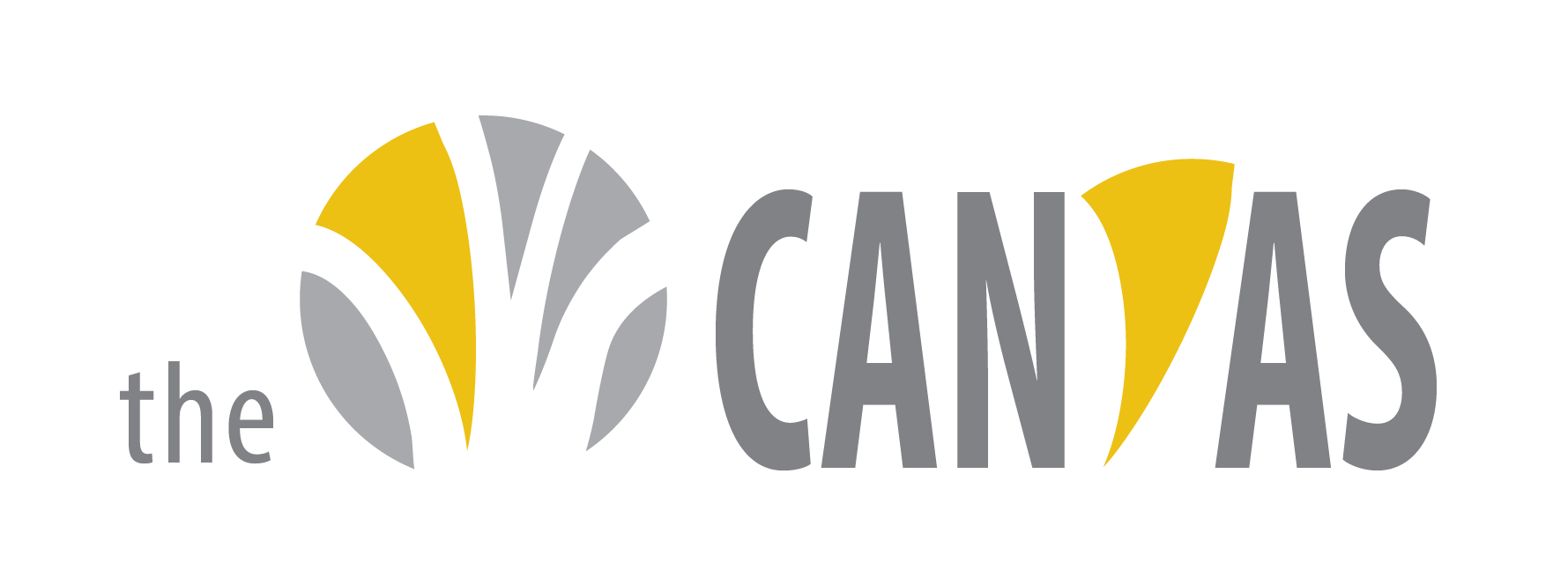
There are innumerable works of classic, modern, and Christian art that reveal the complex history of the arts in the human experience as well as religious traditions and worldviews. A few illustrations include:
- Contemporary Torah scrolls and their encasements
- Byzantine icons displayed in modern museums
- The ancient structure of the Kaaba draped in new silk
- White-washed walls of Reformation-era churches
- The monumental Bamiyan Buddha sculptures
- Andy Warhol’s pop art reproductions of Da Vinci’s Last Supper
- The dance of the Whirling Dervishes
- Navajo sand paintings
Even this handful of examples points to the diverse ways that fine art forms like music, dance, and visual art have served to facilitate religious and spiritual experiences, support rites of passage, articulate theological meaning, and—in many cases—contest receptions, resulting in acts of iconoclasm or reform.
Art or Religion: Which Came First?
The arts have been vital in religious experience and expression across continents and cultures for millennia. It could even be argued that one would not exist without the other.
Given that, for most of human history, the majority of the population has been illiterate, the arts have offered an important avenue for access to the holy. Thus, the arts must be interwoven within any academic study of religion and theology.
Why Is Religion Such a Universal Muse?
Because religion consists of human engagement with life experience and transitions, “big ideas,” and ultimate reality, it’s no surprise that religion has historically been—and continues to be—a major inspiration and influence in the arts. Before the early modern and modern art transition to “art for art’s sake,” most artwork was made to be used in some way—be it handled, kissed, manipulated, or experienced in other embodied ways.
Visual art was often combined with architecture to create meaningful ritual environments. Music and spoken word could teach spiritual principles and guide participants in their liturgical actions. In short, the arts enrich and create religious meaning in a multitude of ways such as by instruction, embodiment, and process.
Contrary to popular belief, artistic response and engagement with religion did not end with the so-called “secularization” of the early modern period. In fact, many modern artists of the 20th century, such as Jacob Epstein and Käthe Kollwitz, relied on religious iconography and concepts to respond to major events such as the atrocities of the World Wars. Contemporary artists of the late 20th and early 21st century continue to engage myth, spirituality, ritual, and iconography in their works to express deep human truths and concerns—from Kiki Smith to Mark Doox.
What is a Theology and the Arts Degree?
Theology and the Arts degree programs at United Theological Seminary of the Twin Cities—offered at the master’s and doctoral levels—prepare students to engage theological questions through a lens of the arts.
Master of Divinity
Drawing on both theology and the imagination, the MDiv in Theology and the Arts program prepares students for the classic functions of ministerial leadership, such as leading worship, preaching, understanding church history, providing pastoral care, forming people of faith, and leading a congregation. Using the arts as the primary lens, the program will enable graduates to lead a congregation or religious organization with practical skills that draw upon creativity and innovation.
Master of Arts
The MA in Theology and the Arts degree program prepares students to approach their theological study by engaging theological questions in a broad and systematic way, drawing on art history, aesthetics, practical arts, creativity, and imagination. The program has an academic focus on exploring justice, spirituality, and the human condition through the lens of art and theology.
Doctor of Ministry
The Doctor of Ministry degree allows students to increase their capacity to minister in our globalized and multifaith world. United's DMin degree offers specialized, focused training designed to further enhance the ministry of those with substantial experience in a ministerial leadership role.
For more information, visit United Theological Seminary of the Twin Cities’ Degree Programs page.
How Does a Theology and the Arts Degree Differ from a More “Traditional” Theology Degree?
A Theology and the Arts degree is inherently interdisciplinary and multi-modal. It connects scholarship and praxis/practice, which not only enhances student understanding of theological and religious concepts in the classroom but also invites innovative engagement in their vocations. Here are four ways in which Theology and the Arts and Theology degrees differ:
- Theological Discussions: Both degrees—theology and theology and the arts—explore religion and religious thought, but integrating theology with art offers a multi-faceted approach and thus greatly enriches theological discussions through the examination of aspects such as embodiment, process, and multimedia (as, for example, in the interaction between architecture, visual art, music, and speech in a liturgy).
- Learning Modalities: Seminaries typically educate students through extensive reading and training for preaching. At United, we also encourage creativity and learning by doing and drawing upon the arts in the classroom as a source of learning and critical thinking. All art forms are key, but modality studies indicate that many people learn and remember primarily through visual modes. For that reason, we emphasize visual arts in our theology and the arts courses.
- Forms of Expression: Unlike theology degrees at most seminaries that focus solely on ministry and preaching, United Theological Seminary of the Twin Cities accepts and affirms many forms of creative expression. Poetry, theater, visual arts, fabric arts, music, dance, photography, film, and more are conduits for the holy and invite theological reflection. Everyone has the capacity to draw upon the creative power of the arts for personal expression, spiritual reflection, and as a way of understanding the holy. We are all created in the image of a creating God.
- Skill Development: When students take theology and the arts classes, it helps them to find ways to think “outside of the box” by engaging various art forms to think through theological ideas and questions—like writing a poetic reflection on the problem of evil or creating a sculpture from found objects that express hope. Understanding art as theology helps students open their imaginations and become better leaders.
What Can You Do with a Theology and the Arts Degree?
A Theology and Arts degree will equip you to bring an arts lens to a variety of ministry roles and contexts, from parish ministry to chaplaincy. It also supports work with arts organizations, other nonprofits, and educational communities.
A Theology and the Arts degree opens up a multitude of meaningful and impactful opportunities for individuals seeking to make a difference in the world. With a Theology and the Arts degree, you can pursue paths aligned with your unique interests, skills, and calling. A degree from United will set you up for success in the following vocational paths and meaningful pursuits:
- Congregational Ministry: Many theology and the arts MDiv graduates become ordained or licensed ministers and serve as pastors, providing spiritual leadership, guidance, and support to congregations. They have the privilege of leading worship, delivering sermons, conducting sacraments, and offering pastoral care to individuals and communities.
- Arts Activism: With a theology and the arts background, you can blend your passion for the arts with social activism. Whether through visual arts, music, theater, or film, you can use creative expressions to address social issues, advocate for justice, and inspire positive change within communities. This may involve organizing art exhibitions, performances, or cultural events that promote dialogue and raise awareness about important causes.
- Public Policy and Advocacy: As a theology and the arts graduate, you can contribute to shaping public policy by working in advocacy organizations, think tanks, or government agencies. Drawing on your theological perspectives, artistic talents, and ethical frameworks, you can research, analyze, and advocate to influence policies addressing poverty, human rights, environmental justice, and other social concerns.
- Social Services and Community Development: With a theology and the arts degree, you can work in various social service organizations, nonprofits, or community development agencies. This may involve coordinating programs that provide food, shelter, healthcare, and counseling services to vulnerable populations. As a seminary graduate, you can contribute your spiritual and artistic insights and compassionate approach to help uplift individuals and communities facing social challenges.
- Artistic Professional: If you bring a strong arts background to your theology and the arts degree program, you may return to your profession with a new appreciation for all that art and theology encompass as well as the ways in which theology and art are inextricably intertwined.
- Nonprofit and Community Leadership: As a theology and the arts graduate, you can contribute to the nonprofit sector, taking up roles in organizations focused on creative pursuits (including museums and galleries), social justice, community development, advocacy, or humanitarian work. You can lead arts-related, religious, or faith-based organizations, guiding their vision, mission, and community outreach efforts.
- Writing and Publishing: With a theology and the arts degree, you can explore opportunities in writing and publishing, such as becoming an author or editor, or contributing to theological journals and publications. This avenue allows you to share insights, research, and perspectives on matters of faith, art, and spirituality.
- Chaplaincy: With a chaplaincy certificate, you can use your theology and the arts degree to work as a chaplain in various settings such as hospitals, military organizations, correctional facilities, universities, and hospices. You can offer spiritual and emotional support to individuals during challenging times—often through creative means—and provide counsel and facilitate religious services and rituals.
- Counseling and Therapy: With additional training and your theology and the arts degree, you can become a counselor or therapist, specializing in pastoral counseling, marriage and family therapy, or mental health counseling. You can integrate your theological and arts backgrounds with therapeutic techniques to support individuals, couples, and families in their emotional and spiritual well-being. You can also become a spiritual director, developing practices offering spiritual companionship.
- Teaching and Education: If you are a theology and the arts graduate who obtained a doctoral degree, you can pursue careers in teaching theology and the arts, religious studies, or ethics at educational institutions, including seminaries, colleges, universities, and other schools. You can then inspire and educate students, fostering understanding and dialogue about faith, art, spirituality, and religious traditions.
These are just some of the many examples, as the true possibilities are vast! A theology and the arts degree equips you with a strong foundation in theology, ethics, pastoral care, and spiritual leadership, enabling you to make a positive impact in the lives of individuals, communities, and society as a whole—in your own unique way.
How United Approaches Theology and the Arts
The Theology and Arts program embraces the arts (broadly understood to include all art forms) to be an essential medium of theological and religious meaning. As we often say at United, “Art IS theology.” That is, art is not merely illustrative of text-based theological ideas, but rather the arts—dance, comedy, cooking, craft, sculpture, poetry, and more—are themselves uniquely capable of creating and communicating theological meaning.
Because United values the arts in theological education, all students—regardless of degree program and concentration—are required to take at least one arts course. Moreover, the arts are infused into the life of United outside of the classroom in opportunities such as the regular “arts lunches,” gallery exhibits, guest artist talks, and community arts projects during Symposium week.
Is a Theology and the Arts Degree Right for You?
Whether you identify as a practicing artist or an arts-appreciator, there is a place for you in United’s Theology and the Arts program. Whether you are looking to inspire and ground your arts practice with theology, philosophy, and/or spiritual practice, or you are a minister, chaplain, or religious or community leader who wants to infuse your work with the arts, United’s program will equip you with the academic knowledge, creativity, and spirit of curiosity and play that will enhance your vocation.
We invite you to sit in on a class, attend an arts event, view our recorded past events and lunches, or set up a meeting with a faculty member or student to learn more!
Interested in learning more about or pursuing a theology of the arts degree at United Theological Seminary of the Twin Cities in Minnesota? Contact our admissions team to explore our 30+ seminary degree programs today!



Your Comments :